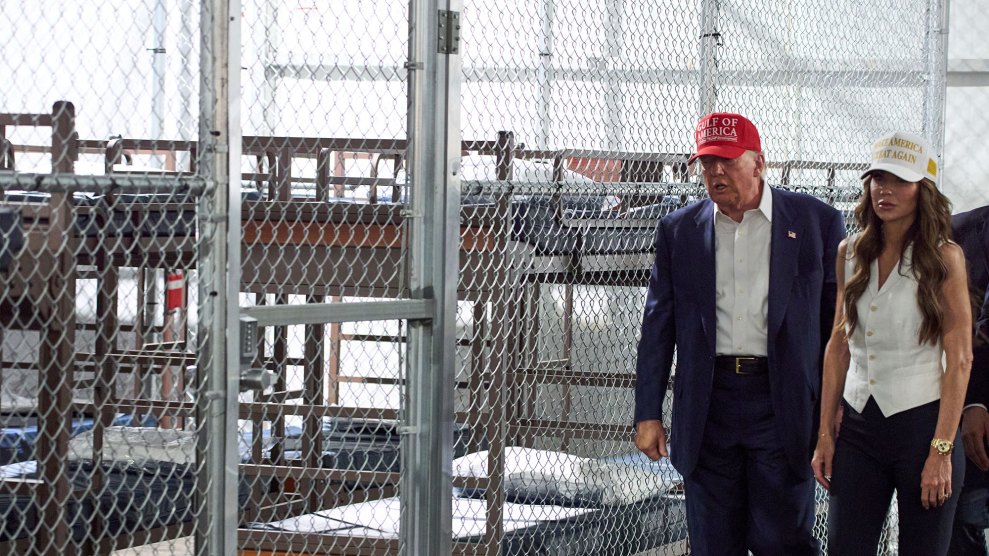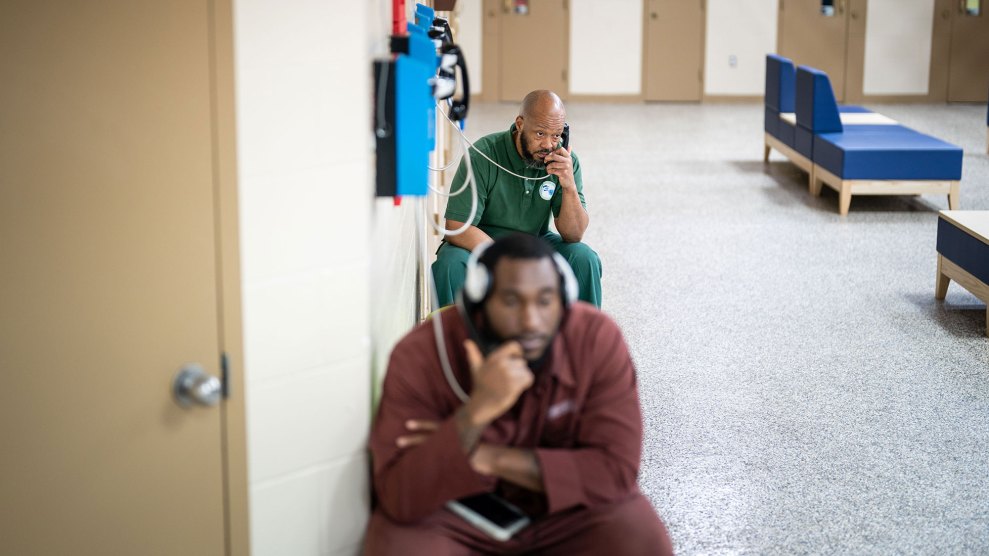Back in 2007 Mother Jones published an investigation called “School of Shock” into the Judge Rotenberg Center, a special-needs school that uses electric shocks and food deprivation to discipline its autistic and emotionally troubled students. Based in Canton, Massachusetts, the Judge Rotenberg Center (JRC) has been a blight to concerned citizens and parents for years. Massachusetts state senator Brian Joyce has introduced legislation several times over the years to outlaw using electric shocks on children, but so far none have gone into effect (one passed, but was later dropped). Currently, the senator has three bills in the legislature that would reduce or totally ban the use of electric shocks on students.
While Joyce works on a local level, 29 disability organizations sent a letter to 10 federal agencies calling for national legislation outlawing the use of electric shocks. The organizations want to outlaw “painful and dehumanizing behavioral techniques” which they say “violates all principles of human rights.” For the record, not even US prisoners are allowed to be shocked, but a law passed in the mid-1980s said that the JRC could shock children as long as it got special approval by a family court for each student. Reporter Jennifer Gonnerman tried out the JRC’s shock therapy, and wrote that though staff claimed it felt like a bee sting, “when I tried the shock, it felt like a horde of wasps attacking me all at once. Two seconds never felt so long.”
Since Mother Jones‘s story was published in September 2007, shocking kids isn’t the only thing the JRC has gotten negative attention for. In spring 2008, a staffer was arrested for raping another staff member on campus, and this week the Boston Globe reported that JRC was fined $29,600 for allowing 14 unlicensed clinicians to call themselves “psychologists.” Later this month, the Massachusetts Joint Committee on Children and Families will hold a hearing to consider Sen. Joyce’s bills on electric shock. Until then, as far as the JRC is concerned, maybe no news is good news.
















